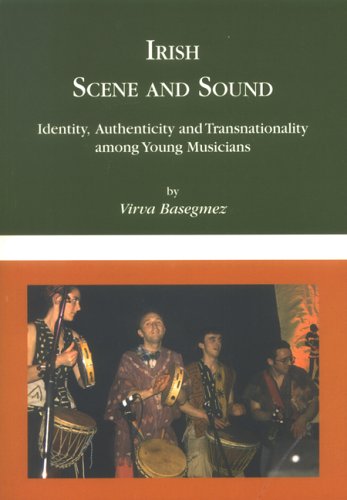

Most ebook files are in PDF format, so you can easily read them using various software such as Foxit Reader or directly on the Google Chrome browser.
Some ebook files are released by publishers in other formats such as .awz, .mobi, .epub, .fb2, etc. You may need to install specific software to read these formats on mobile/PC, such as Calibre.
Please read the tutorial at this link: https://ebookbell.com/faq
We offer FREE conversion to the popular formats you request; however, this may take some time. Therefore, right after payment, please email us, and we will try to provide the service as quickly as possible.
For some exceptional file formats or broken links (if any), please refrain from opening any disputes. Instead, email us first, and we will try to assist within a maximum of 6 hours.
EbookBell Team

5.0
20 reviewsThe study explores the making of Dublin and Galway into central places in the Irish music scene. It identifies musical links between the cities, and how for the young musicians, Dublin has become a 'springboard' and Galway a 'playground.' These cities provide the local arenas where young folks and popular musicians negotiate individual and collective lifestyles, identities and musical genres. By developing the concept of 'musical pathways,' the study shows how these mobile musicians constantly interact with different musical sounds and scenes.
The idea that Irishness has to emanate from traditional music is challenged by a diversity of musical genres and pathways of the musicians. Some musicians embrace a certain construction of Irishness while others reject it, but they are all involved in this process in one way or another. Contrary to older generations of traditional musicians, a global awareness is more important among the young musicians than a 'restricted' view of Irishness. As the young musicians are interested in multiple musical ideas and influences, they are often reluctant about a 'narrow nationalism.'
They make use of the fact that the music of the contemporary world is very much interconnected. This study discusses transnational processes of the Irish music scene in the late 1990s primarily on local and national levels in Ireland. This reveals how globalization has contributed to the popularity of Irish music yet without controlling its pathways completely. In Ireland the past is still in the present.